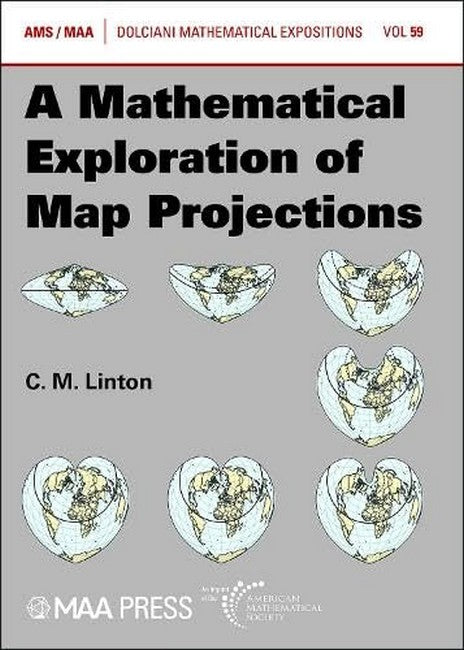How are maps created? What is the process that enables a location on the Earth's surface to become a point on a sheet of paper? The answer lies in map projections. This book provides a highly readable account of the theory that underpins all major map projections, starting from the concept of map distortion, which all flat maps necessarily possess. The engaging exposition is enhanced by the extensive use of diagrams, including over sixty maps. The opening chapters set the scene, covering the mathematical background, the notion of map distortion and the classification of map projections. The book then turns its attention to the different types of projection, including cylindrical, azimuthal, and conical projections. Following a modern analytic approach, the author uses the tools of multivariable calculus to derive the equations defining these map projections. The book ends with a chapter utilizing complex variables to study conformal projections, and a final summary chapter to wrap up the material. Each chapter is interwoven with a compelling historical narrative enriching the text. A Mathematical Exploration of Map Projections assumes only a prior knowledge of elementary calculus, and is an excellent resource for anyone curious about the mathematics underlying map projections.

